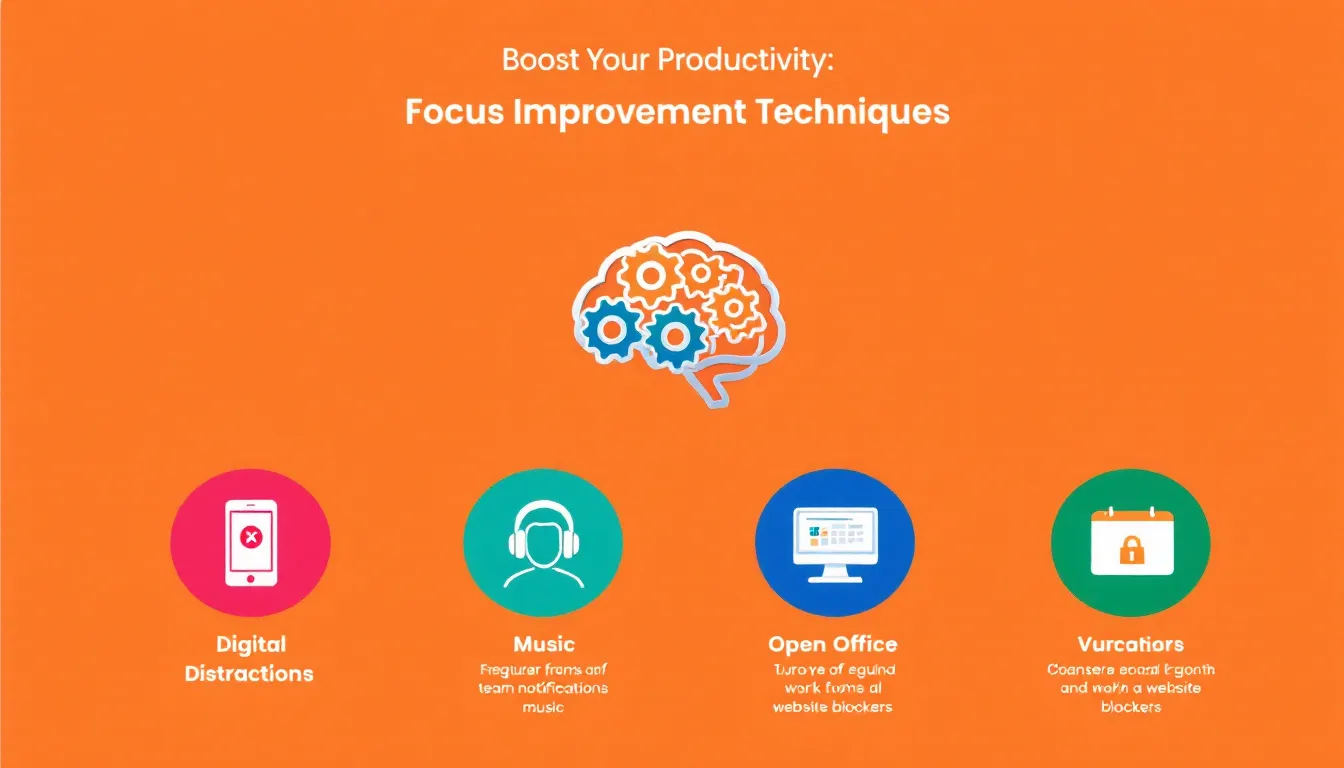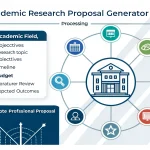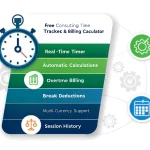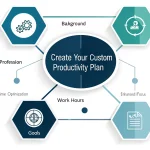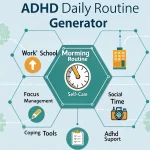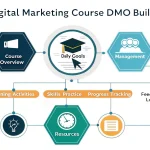Focus Improvement Techniques
Processing your request...
Is this tool helpful?
How to Use the Focus Improvement Techniques Generator Effectively
Follow these straightforward steps to get personalized focus strategies suited to your work setting:
- Describe your work environment: Enter a clear description of your daily workspace. For example, you might write “Quiet library cubicle in a university” or “Busy cafe with ambient noise.”
- List your typical distractions: Detail the common interruptions you face. Examples include “Background chatter, frequent phone notifications” or “Unexpected visitors, cluttered desk.”
- Generate your focus improvement techniques: Click the button to receive customized recommendations designed for your unique environment and distractions.
- Review and apply the suggestions: Carefully read each technique and incorporate the ones that fit your work style and setting.
- Save your results: Use the copy feature to save or share your focus strategies for easy reference.
Providing specific and detailed information helps the generator deliver targeted, effective techniques that improve your concentration and productivity.
Introduction to the Focus Improvement Techniques Generator
The Focus Improvement Techniques Generator provides personalized productivity strategies based on your precise work environment and distractions. It helps you tackle common challenges to staying focused by offering actionable advice tailored to your situation.
This tool benefits professionals, remote workers, students, and anyone facing concentration challenges. By analyzing your inputs, it creates customized methods to minimize interruptions and maximize efficiency.
With these personalized focus techniques, you can improve your work habits, complete tasks more efficiently, and manage distractions that typically disrupt your day.
Why Tailored Focus Strategies Matter
Generic productivity tips often overlook individual differences in work environments and distraction sources. This tool uses your specific context to deliver methods proven to boost focus and reduce cognitive overload.
By addressing your unique challenges directly, you will spend less time battling distractions and more time accomplishing meaningful work.
Practical Use Cases for the Focus Improvement Techniques Generator
The generator adapts to various professional and personal work situations. Here are practical examples of how you can apply it:
Example 1: Managing Distractions in a Coworking Space
- Input: “Open coworking area with background conversations”
- Distractions: “Frequent phone calls nearby, notifications from instant messaging apps”
- Suggested techniques might include using noise-canceling headphones, setting phone to Do Not Disturb mode during focus periods, and scheduling blocks of uninterrupted time.
Example 2: Enhancing Focus While Studying at Home
- Input: “Study desk in bedroom with family nearby”
- Distractions: “Household noises, frequent walk-ins, social media alerts”
- Recommendations may cover creating visual cues for ‘Do Not Disturb’, using time-blocking methods like Pomodoro, and applying website blockers during study hours.
Customizing Your Productivity Habits
The techniques generated will vary depending on the context and provide practical methods such as:
- Structured work intervals based on the Pomodoro Technique to align with your cognitive rhythm.
- Physical or digital boundaries to reduce interruptions, like designated quiet hours or notification management.
- Environmental adjustments such as rearranging your workspace to minimize distractions.
Benefits of Using This Tool Consistently
- Customized advice: Receive focus techniques tailored to your unique work challenges.
- Better concentration: Learn how to shut out or manage common distractions around you.
- Time efficiency: Achieve more in less time by applying proven focus strategies.
- Stress reduction: Decrease anxiety caused by scattered attention and missed deadlines.
- Flexible adaptation: Update your inputs anytime to adjust strategies as your environment or distractions change.
Understanding the Science Behind Effective Focus Techniques
Cognitive Load Management
The tool’s recommendations help manage cognitive load—the brain’s limited capacity for handling information simultaneously. By minimizing interruptions and distractions, your working memory operates efficiently, reducing errors and mental fatigue.
Time-Blocking Through the Pomodoro Technique
Many focus techniques draw on the Pomodoro Technique, structuring work sessions into 25-minute focused intervals separated by short breaks. This method aligns with natural attention spans and refreshes mental energy to maintain high productivity.
Mathematical Representation of Focus Sessions
Let $F$ represent your focus duration, and $B$ the break duration. A typical cycle can be expressed as:
$$ \text{Cycle Time} = F + B $$For example, if $F = 25$ minutes and $B = 5$ minutes, each cycle lasts 30 minutes, maximizing sustained attention.
Frequently Asked Questions About the Focus Improvement Techniques Generator
How often should I use this focus techniques generator?
Use the tool whenever your work environment or distractions change significantly. Regularly revisiting the generator every few months ensures your strategies stay relevant and effective.
Can I apply these techniques to personal tasks?
Yes. While designed for work focus, many strategies also improve concentration in personal projects, studying, and creative activities.
What if the suggestions don’t seem to work immediately?
New focus habits take time to develop. Commit to applying techniques consistently for at least two to three weeks before reassessing their impact.
Are these focus techniques scientifically supported?
The tool bases its recommendations on well-established productivity research and cognitive science principles proven to enhance focus and efficiency.
Can team leaders use this for improving group productivity?
Individual use is best, but team leaders can encourage members to try the generator and share insights, fostering collective improvements in workplace focus.
Does the generator consider different personality types?
It focuses on your environment and distractions instead of personality traits. However, the variety of techniques allows you to select those that best fit your personal preferences.
Is it beneficial to combine multiple suggested techniques?
Combining complementary methods often increases effectiveness. Experiment with different combinations to discover what works best for your focus.
How can I measure the effectiveness of these focus strategies?
Track your progress using a productivity journal or time-tracking apps to compare your focus and output before and after implementing techniques.
Can this tool help me overcome procrastination?
Yes. The strategies help by breaking work into manageable intervals, structuring focus periods, and reducing common distractions that trigger procrastination.
Important Disclaimer
The calculations, results, and content provided by our tools are not guaranteed to be accurate, complete, or reliable. Users are responsible for verifying and interpreting the results. Our content and tools may contain errors, biases, or inconsistencies. Do not enter personal data, sensitive information, or personally identifiable information in our web forms or tools. Such data entry violates our terms of service and may result in unauthorized disclosure to third parties. We reserve the right to save inputs and outputs from our tools for the purposes of error debugging, bias identification, and performance improvement. External companies providing AI models used in our tools may also save and process data in accordance with their own policies. By using our tools, you consent to this data collection and processing. We reserve the right to limit the usage of our tools based on current usability factors.
